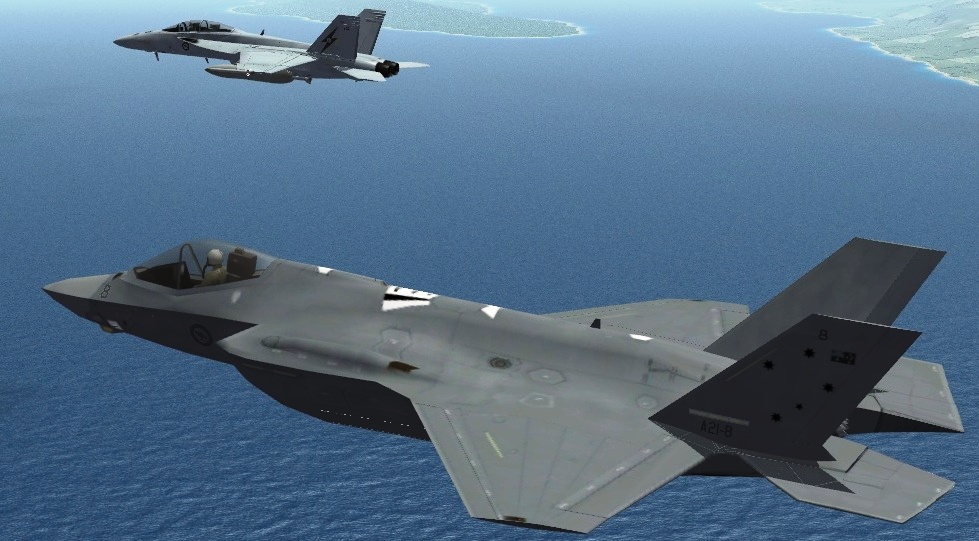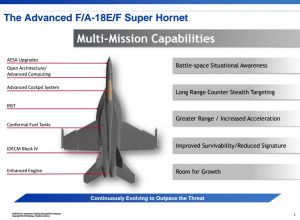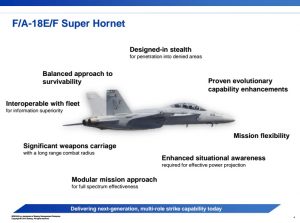
An aircraft platform built for a stupendous capacity to dodge, duck and hide from real trouble — both enemy threats as well as the public treasury — has smashed right into the hulking figure of America’s President-elect. Who would have thought. The F-35 has demonstrated a phenomenal ability to cruise through airspace thick with questions that would have seen any other project sliced in motion. It has, by virtue of its enormous purpose — replacing thousands of U.S. military jets across services — been able to justify its seemingly endless troubles on capability and cost, polarising American (and global) aerospace like nothing ever has before.
When Lockheed-Martin defeated Boeing’s X-32 to win the Joint Strike Fighter (JSF) contest in 2001, it quickly became apparently that this was a programme that had cast-iron protection at very key levels — the military, the executive and Congress. The enormous scope of the programme ensured the platform was able to swat away questions that would have withered anything with less backing. It also became clear that the sheer size of the F-35 programme meant something else: the mind-numbing girth of the project came with no reverse gear. Or even brakes. Fifteen years later, to push the metaphor only one more time, the Donald has loomed into view.
Except, he hasn’t just done that. He has also announced that he has invited Boeing to pitch a replacement based on the F/A-18 Super Hornet. Across two tweets, Mr Trump has taken two decades of intrigue, cut-throat competition, industrial mastery and executive largesse — and turned them on their heads. To call what the President-elect has done a bolt from the blue would be to deny the sheer levels of military & industrial hostility and will that have resulted in a programme as numbingly big as the Joint Strike Fighter. And yet, two tweets shaved $1.2 billion off Lockheed-Martin’s market value, financially speaking a rude but not life-threatening bump for the world’s largest maker of advanced defence systems. What’s difficult to ignore is Mr Trump’s effortless, veritably playful manner. Has he, by suggesting that a replacement for the F-35 can begin with a phone-call, destroyed the F-35’s cast iron cordon? Perceptionally, yes. But is he fully abreast of what it would mean to curtail the F-35 in motion or limit its expanse? Two things: One, is that what he intends to do at all? And two, does he care? What Mr Trump has demonstrated is that he plays nobody’s game but his own — and will not show expected or traditional respect for the tried and tested. Status quos need be very afraid, apparently. And while that’s a romantic maverick notion to some, could brakes on the F-35 programme actually cost America more than finishing the thing and getting it out there? Above all, would the US Air Force — the F-35’s primary and biggest customer — ever walk with Trump on anything close to what the President-elect is proposing?
The neutron bomb set off in U.S. military aviation contracting will have reverberations the world over. The F/A-18 Super Hornet has already been contracted (or will be) as a stop-gap by F-35 customers and partners, including Australia and Canada. Boeing has seen vast commercial opportunity in filling orders made possible by the endlessly troubled and delayed F-35. In the US, though, the Super Hornet has and continues to be regarded as strictly a naval fighter. Assuming the President-elect is addressing the F-35 programme as a whole, and not just the US Navy’s F-35C, Mr Trump has changed that game too, and done what Boeing has almost overtly wanted for years now: pitting the Super Hornet in a direct fight with the F-35.
The question that immediately spring to mind of course is How? The F-35 is a ground-up stealth jet, the Super Hornet isn’t. And yet, there have been eminent indicators that a collision of this kind was ahead. Boeing, for instance, has for the last few years, been specifically pressing the stealth qualities of the Super Hornet above virtually everything else. In India, for instance, Boeing country head Pratyush Kumar said in November, “The Super Hornet was designed as a stealth aircraft.” A powerful, if arguable assertion made more detailed recently by Boeing’s Dan Gillian, Vice President on the F/A-18 & E/A-18 programmes, who made a presentation to Indian journalists containing the two slides shown below:
“There have been order of magnitude improvements in the F/A-18’s stealth,” Gillian said during his presentation, detailing the ‘improved survivability’ and ‘reduced signature’ qualities on the Super Hornet. Placing presentations and brochures aside, the point is simple to some, including Kelsey Atherton over at Popular Science, who says, “An F/A-18 cannot do everything an F-35 can do, unless stealth doesn’t matter.’ That, of course, could be the clinching question. Could Mr Trump’s call open up the first doctrinal relook in years of the efficacy and use of stealth in the modern battlefield? Is such a relook even appropriate or necessary? Is this a sandlot dogfight that will be restricted to the safe confines of online forums run by weapons specs geeks? Is the need for stealth up for discussion?
Flight Global’s excellent Stephen Trimble tweeted earlier today, “Super Hornet has some stealth treatments and Advanced Super Hornet would add to those, but still not VLO like F-35.” That, right there, is what Boeing will be looking not to underscore. While it readies its most important engineering and pitch team to respond to Trump’s stunning invitation.



President Trump is a leader and God has given him that spirit of leadership